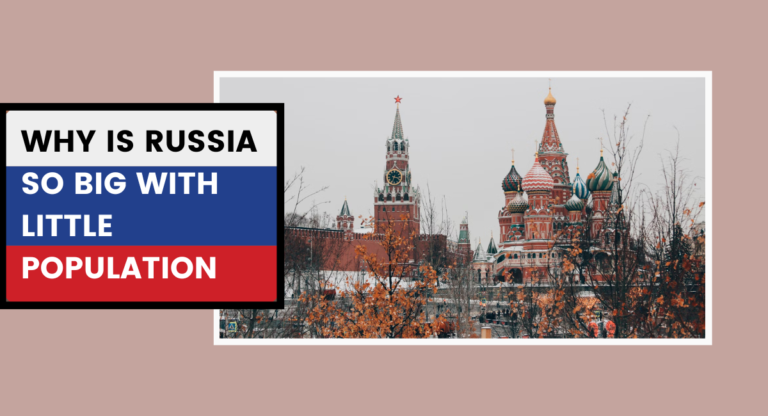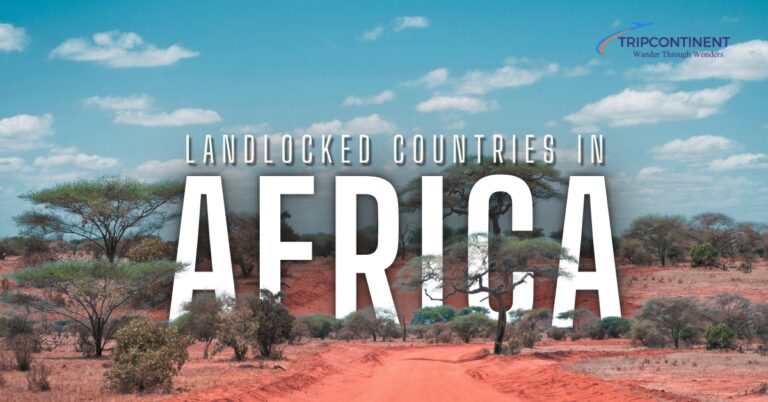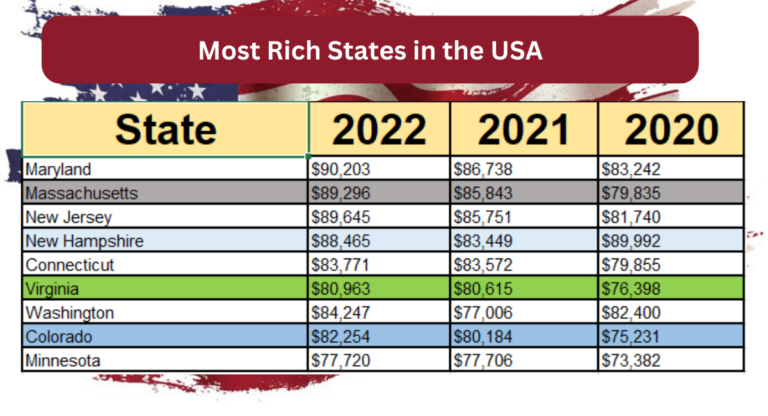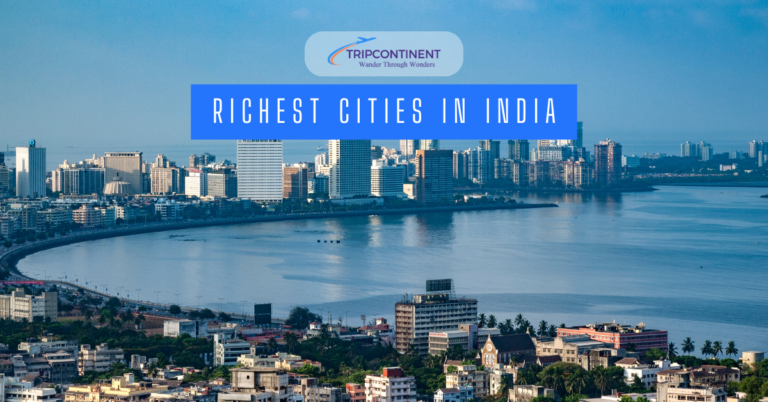10 Least Educated Countries in the World in 2024
Education is the key to unlocking opportunities, yet in many parts of the world, access to quality education remains a distant dream. Literacy, the foundation for learning, is crucial for personal growth, poverty alleviation, and the advancement of societies. However, when we examine global literacy rates, we find that some countries still struggle to provide even basic reading and writing skills to their populations. These countries, often burdened by economic hardships, political instability, and limited resources, face significant challenges in uplifting their educational systems. The disparities in literacy rates serve as a stark reminder of the uneven progress in the global fight for education.
This article takes a closer look at the least educated countries in the world, shedding light on the challenges they face and the importance of continuing efforts to ensure that every individual has the opportunity to learn and thrive.
A List of the Least Educated Countries Worldwide
Let’s have a look at the least educated countries globally.
- Chad
- Mali
- Burkina Faso
- South Sudan
- Afghanistan
- Central African Republic
- Niger
- Somalia
- Guinea
- Benin
1. Chad
Chad, located in the heart of Central Africa, faces immense challenges in providing accessible education to its population. With a literacy rate of just 27%, the country’s education system is hindered by deep-rooted issues such as widespread poverty, ongoing conflict, and a severe lack of infrastructure. Many families in Chad live below the poverty line, making it difficult for parents to prioritize schooling for their children.
Additionally, the country has been plagued by political instability and violence, which disrupts the education system and leaves schools vulnerable to attacks and closures. The lack of infrastructure, such as roads and schools, further exacerbates the situation, particularly in rural areas where access to education is already limited.
In these regions, children often have to travel long distances to reach the nearest school, and even then, the quality of education they receive is often subpar due to overcrowded classrooms and a shortage of qualified teachers. Despite these challenges, efforts are being made to improve literacy and education in Chad, but the road ahead remains long and difficult.
Also Read: Biggest Libraries in the USA
2. Mali
Mali, a West African country with a literacy rate of 31%, has seen some progress in education in recent years, but significant challenges persist. According to UNICEF, more than 2 million children aged between 5 and 17 are still not attending school, and over half of Mali’s young people aged 15 to 24 remain illiterate.
The barriers to education in Mali are multifaceted. Household poverty forces many children into labor, making it difficult for them to attend school. Child marriage and insecurity further exacerbate the situation, leading to high dropout rates and a large number of out-of-school children. Even for those who do attend school, the learning environment is often poor. The absence of qualified teachers, a lack of textbooks, and inadequate school facilities mean that many students, even in the fifth grade, struggle with basic reading and math skills.
These factors highlight the urgent need for improvements in Mali’s education system, including better teacher training, more resources for schools, and targeted interventions to address the specific challenges faced by the country’s youth.
3. Burkina Faso
In Burkina Faso, education is technically free by law, but the government struggles to provide universal primary schooling due to limited resources. With a literacy rate of 34%, Burkina Faso faces several challenges in ensuring that all children receive an education. In many rural areas, the lack of schools means that children often have to walk long distances to attend classes. Even when they reach school, they may be turned away due to overcrowded classrooms.
Although the legal size limit for a class is 65 students, it’s not uncommon for classes to exceed this number, particularly in rural areas where the demand for education outstrips the supply of schools and teachers. As a result, some children may be forced to wait until the following year to try again, further delaying their education. The shortage of qualified teachers and resources, such as textbooks and school supplies, also hinders learning outcomes.
To improve literacy rates and educational access, Burkina Faso needs significant investment in its education infrastructure, particularly in rural areas, as well as policies that address the root causes of educational inequality.
4. South Sudan
South Sudan, the world’s youngest country, faces immense challenges in providing education to its population, with a literacy rate of just 35%. Over two million children, approximately 70% of the school-age population, are unable to attend school, which poses a significant risk to both their futures and that of the country. A significant portion of these out-of-school children belong to pastoral communities that move frequently with their cattle. This nomadic lifestyle makes regular schooling difficult, as children are often too busy with herding duties to attend classes consistently.
However, the most affected group is girls. Cultural and religious beliefs, coupled with poverty and the practice of child marriage, severely limit educational opportunities for females. In many cases, girls are expected to marry at a young age or contribute to household labor, which prevents them from continuing their education.
The lack of educational infrastructure and qualified teachers further compounds the problem, leaving a large portion of South Sudan’s population without the basic literacy skills necessary for personal development and national growth. Addressing these barriers is crucial for the future of South Sudan, requiring targeted efforts to provide inclusive and accessible education for all children, especially girls.
5. Afghanistan
Afghanistan’s education system has been profoundly affected by over three decades of continuous conflict, resulting in a national literacy rate of just 37%. Despite some progress in recent years, many children, particularly in rural areas, still face significant barriers to completing primary school. The ongoing violence, coupled with deep-rooted cultural norms, has made education, especially for girls, a distant dream in many parts of the country. Moreover, due to the Taliban’s power, restrictions on girls’ education have further worsened the situation, with many girls barred from attending secondary schools.
UNICEF highlights that enrollment levels vary widely, with the poorest and most remote areas seeing the lowest rates of school attendance. Girls, in particular, are disproportionately affected, with many still lacking equal access to education. In these areas, schools are often too far away, poorly equipped, or simply too dangerous to attend.
Additionally, cultural resistance to girls’ education remains strong, with many families prioritizing early marriage or household duties over schooling. The lack of qualified teachers and resources further exacerbates the situation, making it difficult for those who attend school to receive a quality education. To improve literacy and educational access, Afghanistan needs sustained efforts to rebuild its education system, focusing on inclusivity, especially for girls and children in rural areas.
Also Explore: Most Educated States in the US
6. Central African Republic
The Central African Republic (CAR) is grappling with a severe humanitarian crisis that has significantly disrupted the education system, contributing to a literacy rate of only 37%. Ongoing violence and instability have forced many schools to close, leaving countless children without access to education.
In some regions, the lack of teachers further hampers the ability of schools to function, with many educators fleeing the violence or being unable to work due to the dire conditions. Gender disparities in education are also prevalent. The gender gap widens as children progress through the education system, with girls increasingly left behind due to societal norms, early marriage, and other cultural factors.
The combined effects of conflict, poverty, and gender inequality make it extremely difficult for children in the CAR to receive even a basic education. Addressing these challenges will require comprehensive efforts to restore peace, rebuild the education system, and promote gender equality to ensure that all children in the Central African Republic have the opportunity to learn and thrive.
7. Niger
Niger, with a literacy rate of just 38%, faces formidable challenges in its efforts to improve education, especially in rural areas where poverty, nomadic lifestyles, and inadequate infrastructure create significant barriers. The country’s vast desert landscapes are home to numerous nomadic communities who move regularly in search of water and grazing land for their livestock. This way of life makes it difficult for children to attend school consistently, as their families prioritize survival over education.
Even in more settled communities, poverty is a major obstacle, with many families unable to afford school supplies or the costs associated with sending their children to school. Additionally, the lack of educational infrastructure, including a shortage of schools, qualified teachers, and learning materials, further limits access to quality education.
In rural areas, children often have to travel long distances to reach the nearest school, and once there, they may find overcrowded classrooms and under-resourced facilities. These challenges contribute to the low literacy rate in Niger, with many children, particularly girls, missing out on the opportunity to learn. Improving literacy in Niger requires targeted efforts to build educational infrastructure, support nomadic communities, and address the root causes of poverty that keep children out of school.
8. Somalia
Somalia’s literacy rate stands at 41%, a reflection of the decades of conflict, weak governance, and limited resources that have severely hampered the country’s ability to provide quality education. The persistent instability and violence have led to the destruction of schools and the displacement of families, making education an unattainable goal for many children. The absence of a stable government for long periods has meant that there has been little coordination or investment in the education sector, leaving it fragmented and underfunded.
Many schools lack basic resources, such as textbooks and trained teachers, while others have been abandoned entirely. The ongoing conflict has also resulted in a generation of children growing up in an environment where education is not prioritized, as survival takes precedence. Girls, in particular, face additional barriers to education due to cultural norms that often favor boys’ education over girls’.
Moreover, the lack of security in many parts of the country means that even where schools exist, parents may be reluctant to send their children due to safety concerns. Rebuilding Somalia’s education system will require sustained peace, strong governance, and significant investment in infrastructure and resources to ensure that all children have the opportunity to learn and build a better future.
9. Guinea
Guinea, despite being rich in natural resources, has struggled to translate its wealth into better educational outcomes, resulting in a literacy rate of just 45%. The country’s abundant resources, including bauxite and other minerals, have not led to widespread economic development, leaving much of the population in poverty. This economic disparity is a significant barrier to education, as many families cannot afford to send their children to school. Even when children are enrolled, the quality of education is often poor due to insufficient infrastructure and a shortage of trained teachers.
Schools, particularly in rural areas, are frequently under-resourced, lacking necessities such as textbooks, proper classrooms, and sanitation facilities. Additionally, the educational system in Guinea is plagued by systemic issues, including low teacher salaries, which contribute to a lack of motivation and high absenteeism among educators.
Political instability and governance issues have further compounded these challenges, hindering efforts to reform and improve the education sector. Addressing Guinea’s low literacy rates will require a concerted effort to invest in educational infrastructure, improve teacher training, and ensure that the country’s natural wealth is harnessed to benefit all its citizens, particularly in the realm of education.
10. Benin
Benin, with a literacy rate of 47%, faces ongoing challenges in its educational sector despite having a relatively stable democratic government. The country’s near-economic collapse in the 1990s and the devastating floods of 2010 have left lasting scars on its education system. These events led to widespread poverty and a significant reduction in resources available for education, resulting in inadequate schooling infrastructure and a shortage of qualified teachers.
Many schools, especially in rural areas, are under-resourced, and children often have to travel long distances to attend classes. The aftermath of the floods also saw many schools damaged or destroyed, further exacerbating the problem.
However, despite these challenges, there is a glimmer of hope for the future of education in Benin. Recent efforts by the government to improve educational access and quality, along with international support, are beginning to show positive results. Initiatives aimed at increasing enrollment rates, especially for girls, and improving teacher training are helping to lift the country’s literacy rate gradually. While much work remains to be done, the progress being made offers a reason for cautious optimism that Benin’s educational system will continue to improve in the coming years.
Must Read: Richest Countries in Asia
Table Indicating the Countries with the Lowest Adult Literacy Rates
| Country | Literacy Rate |
| Chad | 27% |
| Mali | 31% |
| Burkina Faso | 34% |
| South Sudan | 35% |
| Afghanistan | 37% |
| Central African Republic | 37% |
| Niger | 38% |
| Somalia | 41% |
| Guinea | 45% |
| Benin | 47% |
Conclusion
Examining the least educated countries in the world reveals that education remains an elusive goal for millions, particularly in regions plagued by poverty, conflict, and inadequate infrastructure. Despite these daunting challenges, there are glimmers of hope as efforts to improve literacy and educational access continue.
Addressing these barriers requires a concerted global effort, focusing on investment in infrastructure, teacher training, and policies that prioritize education for all, especially the most vulnerable. By bridging these educational gaps, we can pave the way for a brighter, more equitable future for every child, regardless of where they are born.
FAQs
Which Country Is the Most Educated in the World?
South Korea is recognized as the most educated country globally, boasting a literacy rate of 97.9% in 2024. The country achieved a significant milestone in 2022, becoming the leader among OECD countries in higher education, with about 70% of the population aged 25 to 34 having completed college education. This impressive achievement highlights South Korea’s commitment to education and its success in fostering a highly educated population.
Which Country Is the Best for Studying Abroad?
Australia is a top destination for international students, offering high-quality education and a vibrant student life. Canada also stands out for its excellent education system, research opportunities, and welcoming environment. Germany is another great option. It is known for its affordable education, particularly in engineering and technology, making it an ideal choice for those seeking high-quality education in Europe.
Which Country Has the Toughest Education System?
Finland is often cited as having one of the most demanding education systems globally, characterized by its 9-3-3 structure. Alongside Finland, countries like South Korea, Singapore, and China are also known for their rigorous education systems, each with high standards and competitive academic environments.

I’m Sophia Jones, an adventurer at heart from New York City, USA. I live for travel and exploration, always eager to discover new places, meet fascinating people, and try out diverse cuisines. Over the past few years, I’ve traveled to numerous countries, immersing myself in different cultures and creating unforgettable memories.






